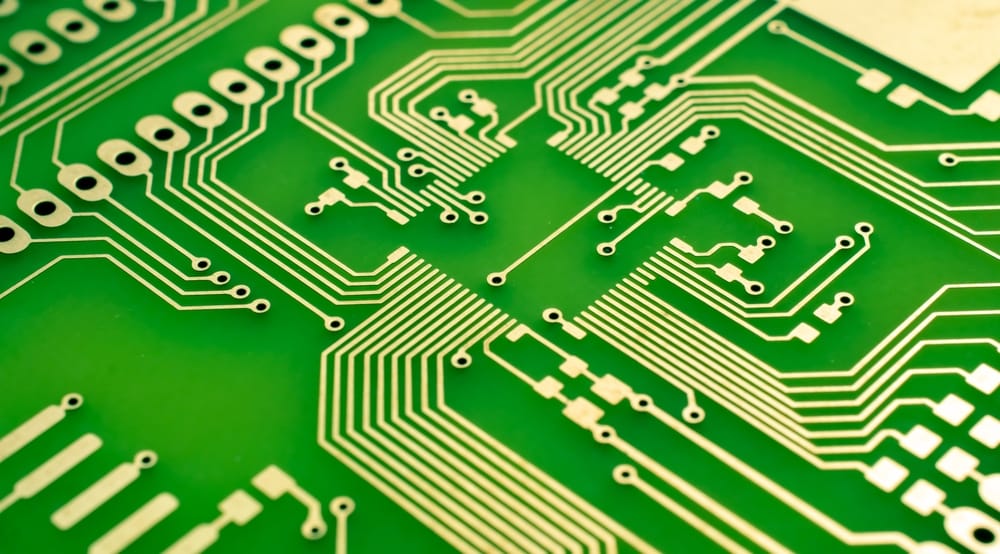PCB
PCB
Blog Article

Multilayer Flexible PCBs: Enabling Innovation in Compact Electronics
Multilayer Flexible PCBs, often referred to as Multilayer Flex Circuits, represent a cutting-edge solution in the world of electronics. These remarkable PCBs combine the flexibility of traditional flexible circuits with the ability to integrate multiple layers of interconnected circuitry. In this article, we will delve into the realm of Multilayer Flexible PCBs, exploring their advantages, diverse applications, and the manufacturing techniques that make them an essential component of advanced electronic systems. Check out flexible PCB to learn more.
Unraveling Multilayer Flexible PCBs
Multilayer Flexible PCBs are a technological feat that merges the flexibility of flexible PCBs with the capacity to incorporate numerous layers of interconnected circuitry. They consist of multiple layers of flexible substrate material, which are interconnected by conductive traces. This unique construction grants them the flexibility to bend, twist, and conform to complex shapes while facilitating the integration of intricate electronic circuits.
Advantages of Multilayer Flexible PCBs
1. Space Efficiency:
One of the primary advantages of Multilayer Flexible PCBs is their remarkable space efficiency. Their ability to house multiple layers of circuitry within a thin, flexible package is particularly beneficial in applications where size and weight constraints are critical.
2. Design Freedom:
Multilayer Flexible PCBs offer designers unparalleled freedom to create intricate, three-dimensional shapes. This design flexibility is invaluable in industries such as aerospace, automotive, and medical devices, where form factor and space optimization are paramount.
3. Weight Reduction:
Compared to traditional rigid multilayer PCBs, Multilayer Flexible PCBs are significantly lighter. This weight reduction is advantageous in applications where weight considerations directly impact performance and portability.
4. Enhanced Reliability:
The reduced number of connectors, solder joints, and interconnects in Multilayer Flexible PCBs can lead to improved reliability and signal integrity. This makes them a preferred choice for applications that demand high reliability and robust performance.
5. Simplified Assembly:
Multilayer Flexible PCBs simplify the assembly process by eliminating the need for connectors, cables, and rigid interconnects. This not only streamlines assembly but also reduces the potential points of failure.
Applications of Multilayer Flexible PCBs
Multilayer Flexible PCBs have found applications across diverse industries, including:
1. Aerospace and Defense:
In the aerospace and defense sectors, Multilayer Flexible PCBs are vital components in avionics, communication systems, missile guidance systems, and satellite technology.
2. Medical Devices:
Multilayer Flexible PCBs play a pivotal role in medical devices, including medical imaging equipment, diagnostic devices, and wearable health monitors due to their compact form factor and reliability.
3. Automotive:
In the automotive industry, these PCBs are used in advanced driver-assistance systems (ADAS), infotainment systems, and engine control units, where space and weight considerations are crucial.
4. Consumer Electronics:
Multilayer Flexible PCBs are integral to the design of smartphones, tablets, laptops, and other portable devices, enabling thinner, more compact designs.
5. Industrial Automation:
Multilayer Flexible PCBs are deployed in industrial automation for their ability to withstand harsh environmental conditions while providing compact and reliable solutions for control systems.
Manufacturing Multilayer Flexible PCBs
The manufacturing process of Multilayer Flexible PCBs is intricate and demands precision, meticulous planning, and adherence to strict quality control measures.
- Material Selection: Careful selection of materials is crucial to ensure flexibility and reliability. Flexible substrate materials like polyimide are often preferred for their excellent thermal and mechanical properties.
- Layer Stackup Design: The layer stackup must be meticulously planned to accommodate the required number of layers and materials. The stackup design significantly impacts the PCB's mechanical properties, electrical performance, and flexibility.
- Tolerances and Clearances: Strict adherence to manufacturing tolerances and clearances is essential to prevent issues such as short circuits, interference, and misalignment between layers.
- Quality Control: Rigorous quality control measures, including electrical testing and visual inspection, are applied at various stages of manufacturing to ensure that the final Multilayer Flexible PCB meets the specified standards for reliability and performance.
Conclusion
Multilayer Flexible PCBs stand as a testament to technological advancement, enabling engineers and designers to innovate in creating compact, reliable, and versatile electronic devices across a wide spectrum of industries. Their unique combination of flexibility, space efficiency, and design freedom positions them at the forefront of modern electronics. As technology continues to evolve, Multilayer Flexible PCBs are poised to remain essential catalysts for innovation, driving progress in industries ranging from aerospace to medical devices and beyond.
Report this page